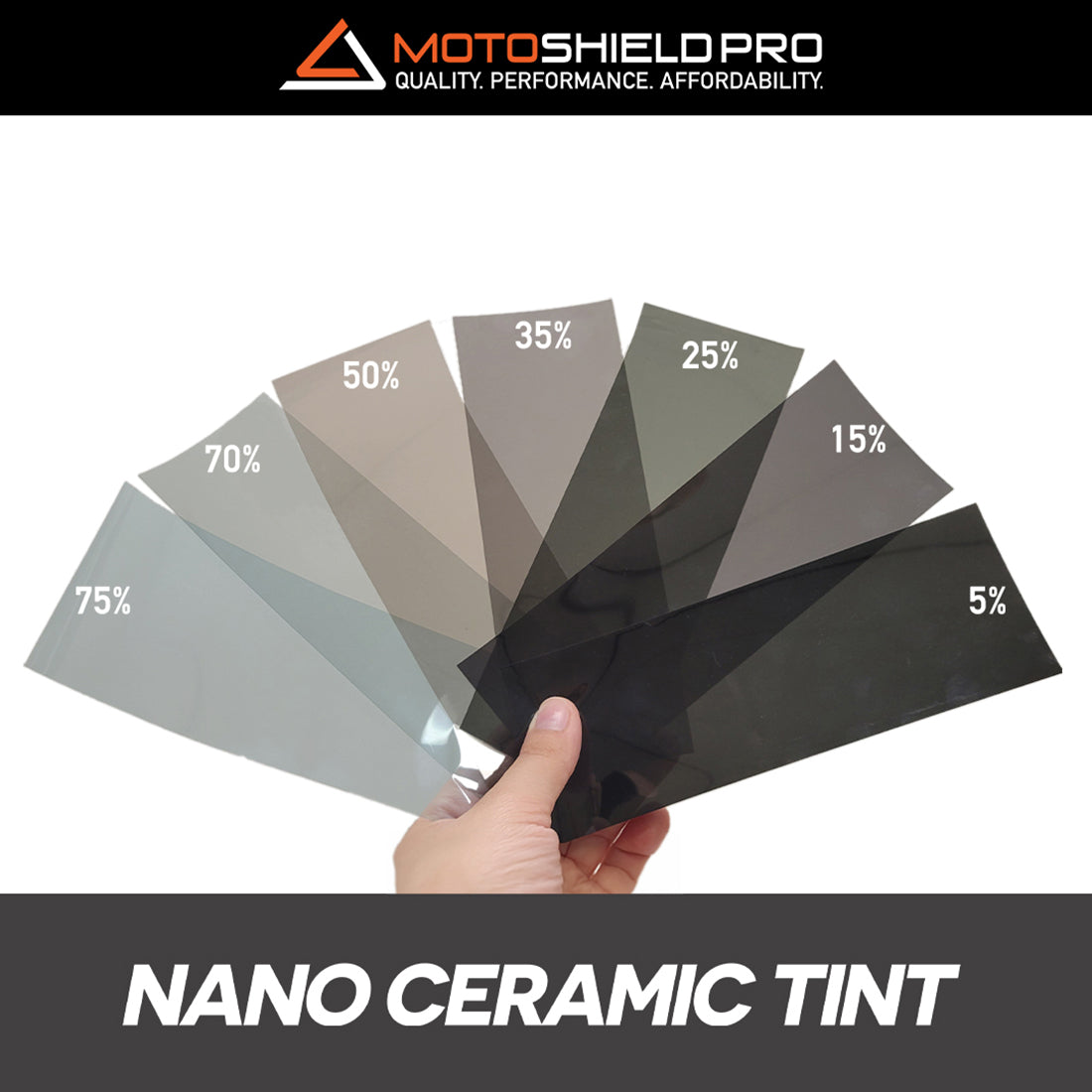Auto Window Tinting: What to Expect During the Installation Process
Auto Window Tinting: What to Expect During the Installation Process
Blog Article
Home Window Tinting Laws and Standards: What You Need to Know Prior To Tinting Your Auto
Before proceeding with window tinting for your lorry, it is important to acquaint on your own with the diverse legislations and standards that control this method throughout different states. These regulations determine the permitted levels of tint darkness, usually measured by noticeable light transmission (VLT) portions, and include specific stipulations for front windscreens intended at guaranteeing roadway safety. Furthermore, particular territories might offer clinical exceptions for individuals with qualifying conditions. Understanding these intricacies can save you from potential legal implications, but what are the certain rules in your state?
Review of Home Window Tinting Regulations
Window tinting legislations are often based on variation throughout different jurisdictions, showing regional regulations and safety considerations. These legislations determine the allowable levels of color darkness and reflectiveness on lorry windows, ensuring that drivers keep ample presence while likewise safeguarding against damaging UV rays and heat.
The majority of regulations classify home window tinting based on the Visible Light Transmission (VLT) portion, which indicates the quantity of light that can go through the home window. Normally, reduced VLT percents represent darker colors. Regulations typically set apart in between the front, side, and back windows, with more stringent restrictions related to the front windshield to improve safety for both the driver and other roadway users.
Compliance with home window tinting laws is critical, as violations can result in penalties, compulsory elimination of the tint, and potential rises in insurance policy costs. It is crucial for vehicle proprietors to acquaint themselves with regional laws before continuing with home window tinting installations.
State-by-State Color Rules
Recognizing the specific window tinting guidelines in each state is vital for automobile proprietors looking for to adhere to the regulation. Each state in the united state has developed its own collection of policies regulating home window tinting, which can vary dramatically. These regulations usually determine the allowable degrees of color darkness, the kinds of home windows that can be tinted, and any clinical exceptions that may apply.
For instance, states like The golden state have rigorous constraints on color darkness for front home windows, while others, such as New Mexico, may enable darker tints. In addition, particular states mandate details exposure percents for numerous windows, including the windshield, front side windows, and rear home windows. It is crucial for car proprietors to familiarize themselves with their state's legislations to stay clear of potential fines or charges.
Furthermore, some states may call for an accreditation sticker label to be put on tinted windows, showing compliance with state laws. Failing to stick to these policies not just risks legal effects but can also influence safety and security and visibility while driving. Consequently, vehicle proprietors must carry out complete research study or speak with neighborhood authorities to make certain full understanding and compliance with state-by-state color regulations.
Allowed Color Kinds and levels
Many automobile proprietors may be shocked to find out that permitted tint levels and types vary commonly throughout different states. Each state has actually established its own laws relating to the permissible darkness and reflectivity of window tint, commonly determined by Visible Light Transmission (VLT) percentages. VLT describes the amount of light that can pass with the Check Out Your URL tinted windows; hence, a lower portion indicates a darker tint.

Moreover, the sorts of tint products permitted can differ, with some states prohibiting metal or mirror-like coatings. It is vital for automobile proprietors to familiarize themselves with their state's specific legislations to make certain conformity. Non-compliance can lead to penalties, mandatory elimination of the color, or various other legal consequences, making it imperative to recognize these laws before waging setup.
Medical Exceptions for Tinting
While not all states supply allocations for medical exceptions relating to home window tinting, those that do recognize the need for certain people to boost visibility and comfort due to clinical conditions. Different medical conditions, such as lupus, skin cancer, and particular eye problems, can render individuals image source specifically delicate to sunlight. These individuals might call for darker tints to shield themselves from damaging UV rays and glow.

It is essential to keep in mind useful reference that despite a medical exemption, there might still be constraints on the level of color enabled. Compliance with state legislations makes sure that individuals are both protected and within lawful restrictions. Those considering medical exemptions should contact their neighborhood Division of Electric motor Cars or equivalent authority to understand the needs and procedures essential to obtain an exception successfully.
Charges for Non-Compliance
Failing to follow home window tinting regulations can result in substantial charges, which differ by state. Police are equipped to issue citations for vehicles that do not stick to the specified tinting regulations. These fines usually include penalties, which can vary from small total up to numerous hundred dollars, depending on the severity of the violation and the state concerned.
In some jurisdictions, duplicated offenses might cause escalating penalties or added penalties, such as required court appearances. Furthermore, non-compliance might necessitate the elimination of illegal tinting, commonly at the owner's cost. In extreme instances, regular transgressors may encounter suspension of their car registration till conformity is attained.
Furthermore, insurance policy implications may occur from receiving numerous citations for window tint infractions. Insurance providers might check out such violations as an indicator of riskier behavior, potentially causing boosted premiums or difficulty in protection.
To avoid these penalties, it is vital for car owners to familiarize themselves with their neighborhood home window tinting legislations and guarantee that their vehicle complies (Window Tinting). This positive method not just stays clear of lawful ramifications but likewise advertises road safety
Verdict

Most policies categorize home window tinting based on the Visible Light Transmission (VLT) percent, which shows the quantity of light that can pass through the home window. Conformity with home window tinting guidelines is vital, as violations can result in penalties, necessary removal of the color, and potential increases in insurance policy premiums.Comprehending the certain home window tinting policies in each state is essential for automobile proprietors looking for to comply with the law. These policies often determine the allowable degrees of color darkness, the kinds of home windows that can be tinted, and any kind of clinical exceptions that may apply.
For instance, states like California have strict limitations on tint darkness for front home windows, while others, such as New Mexico, may allow darker tints.
Report this page